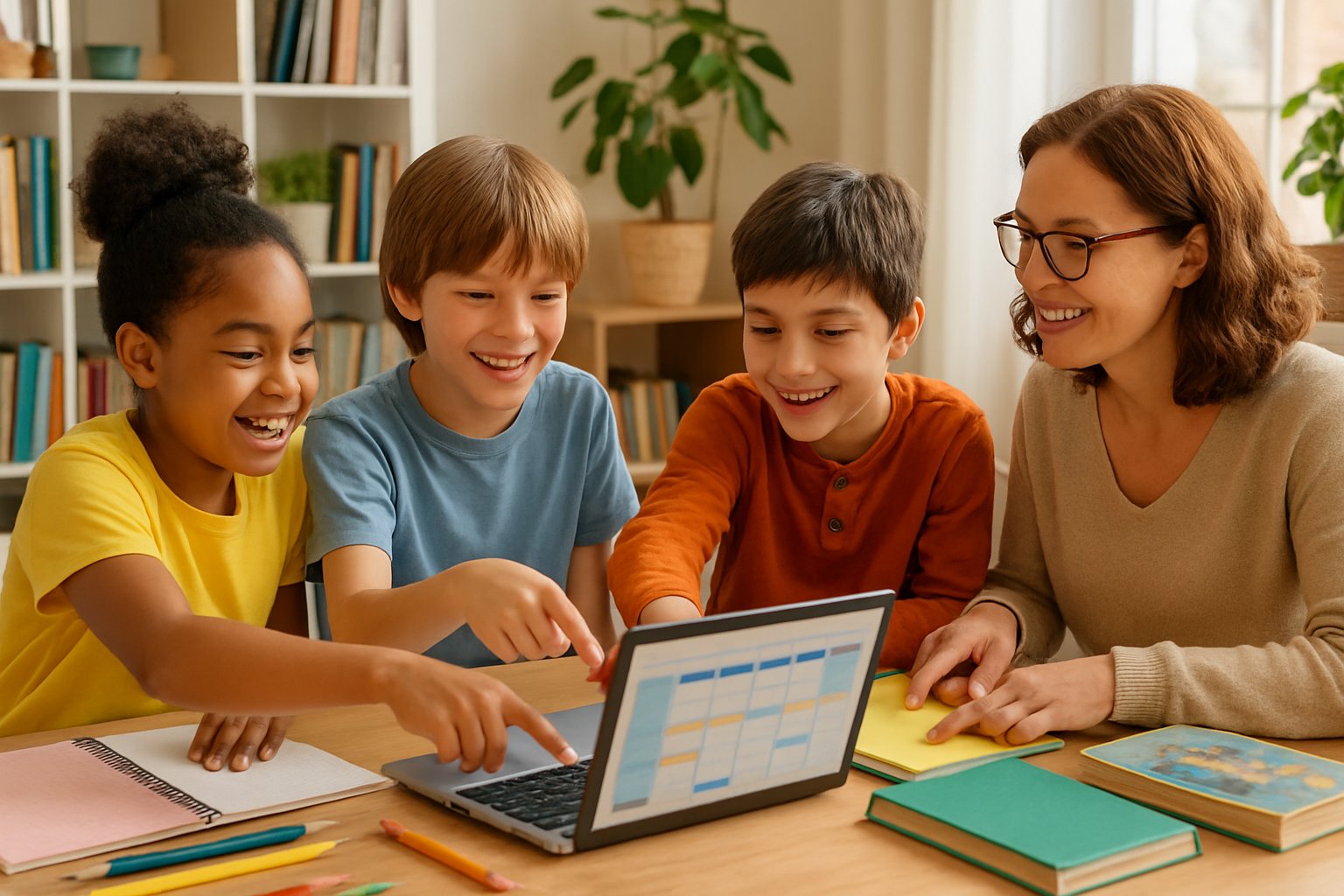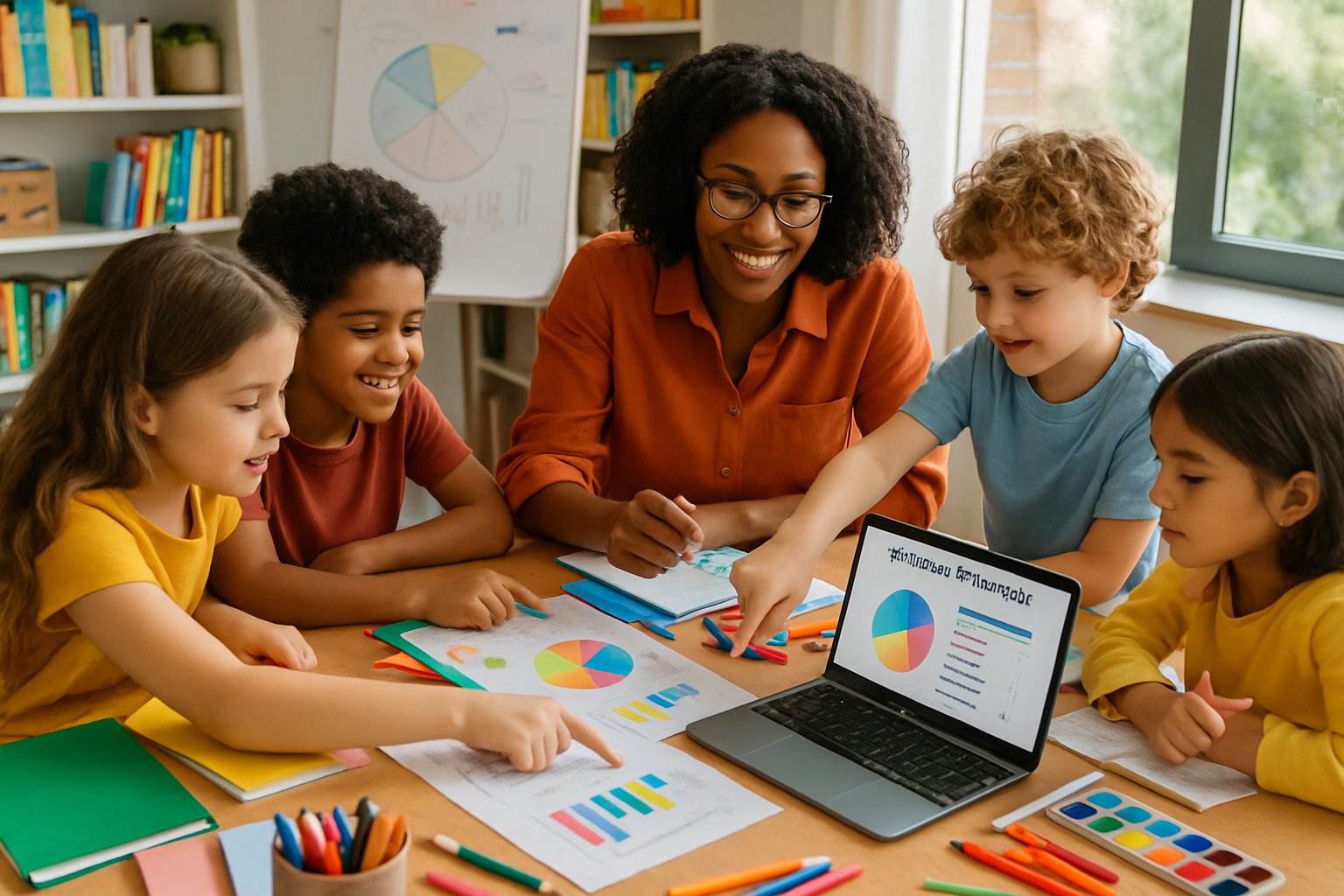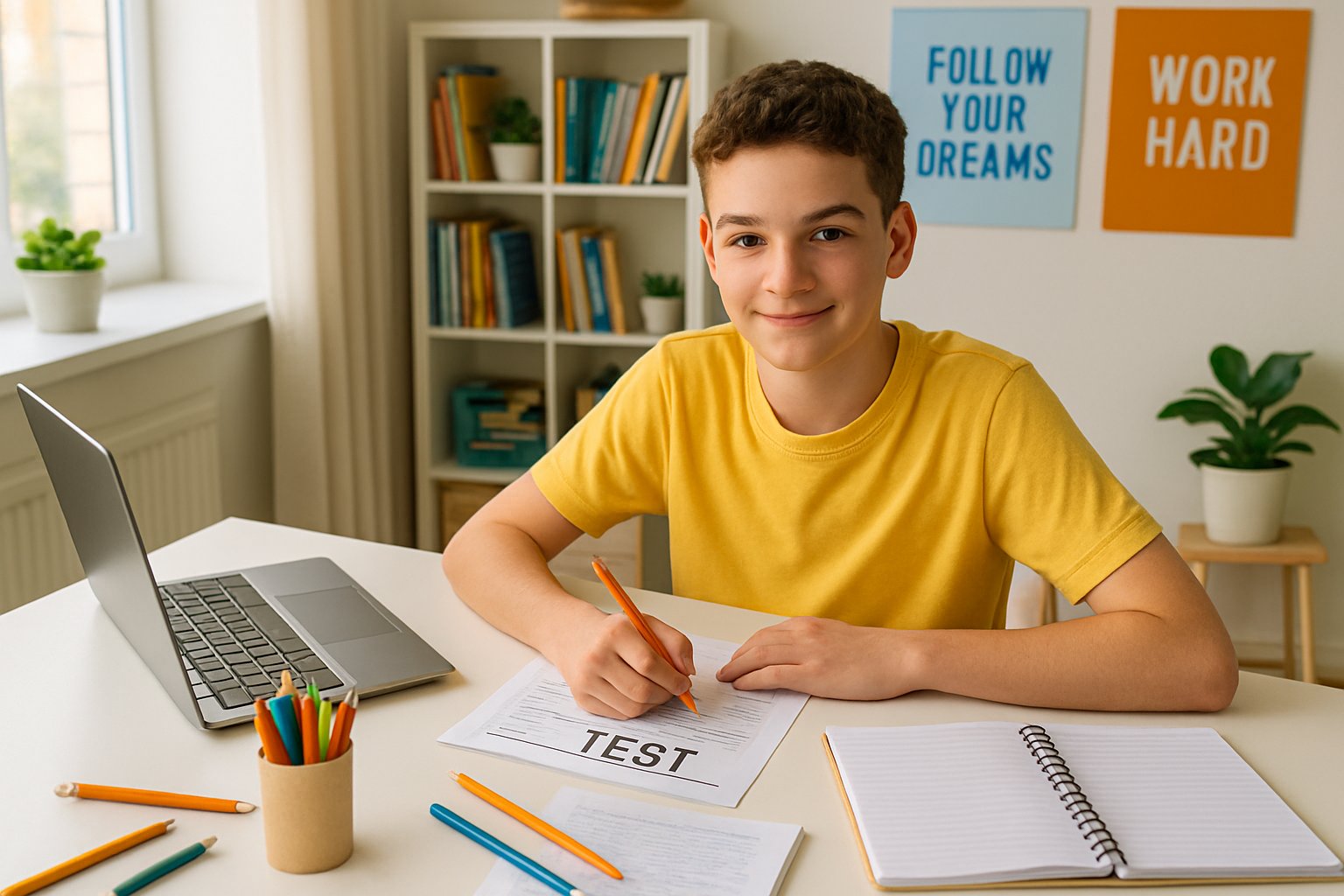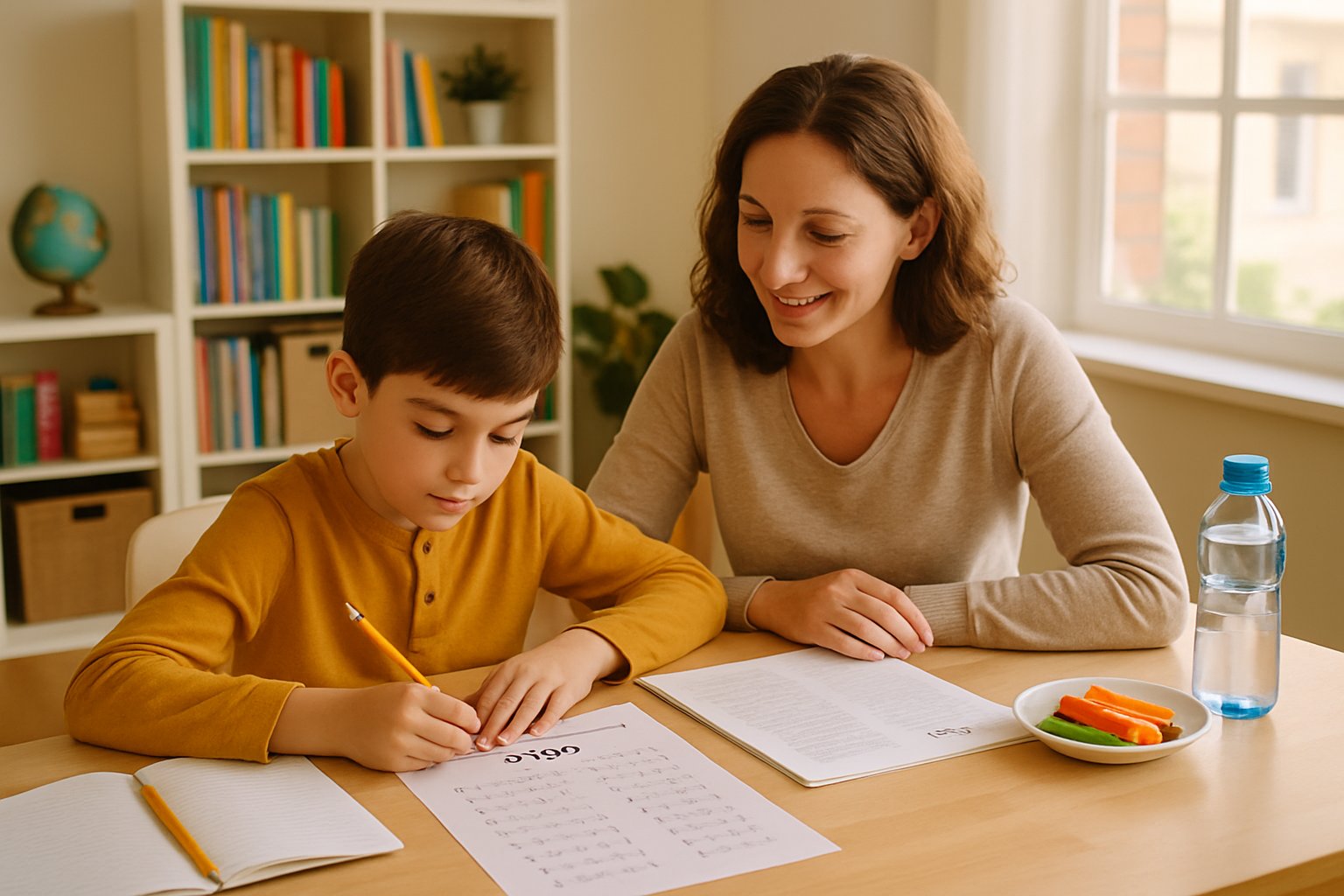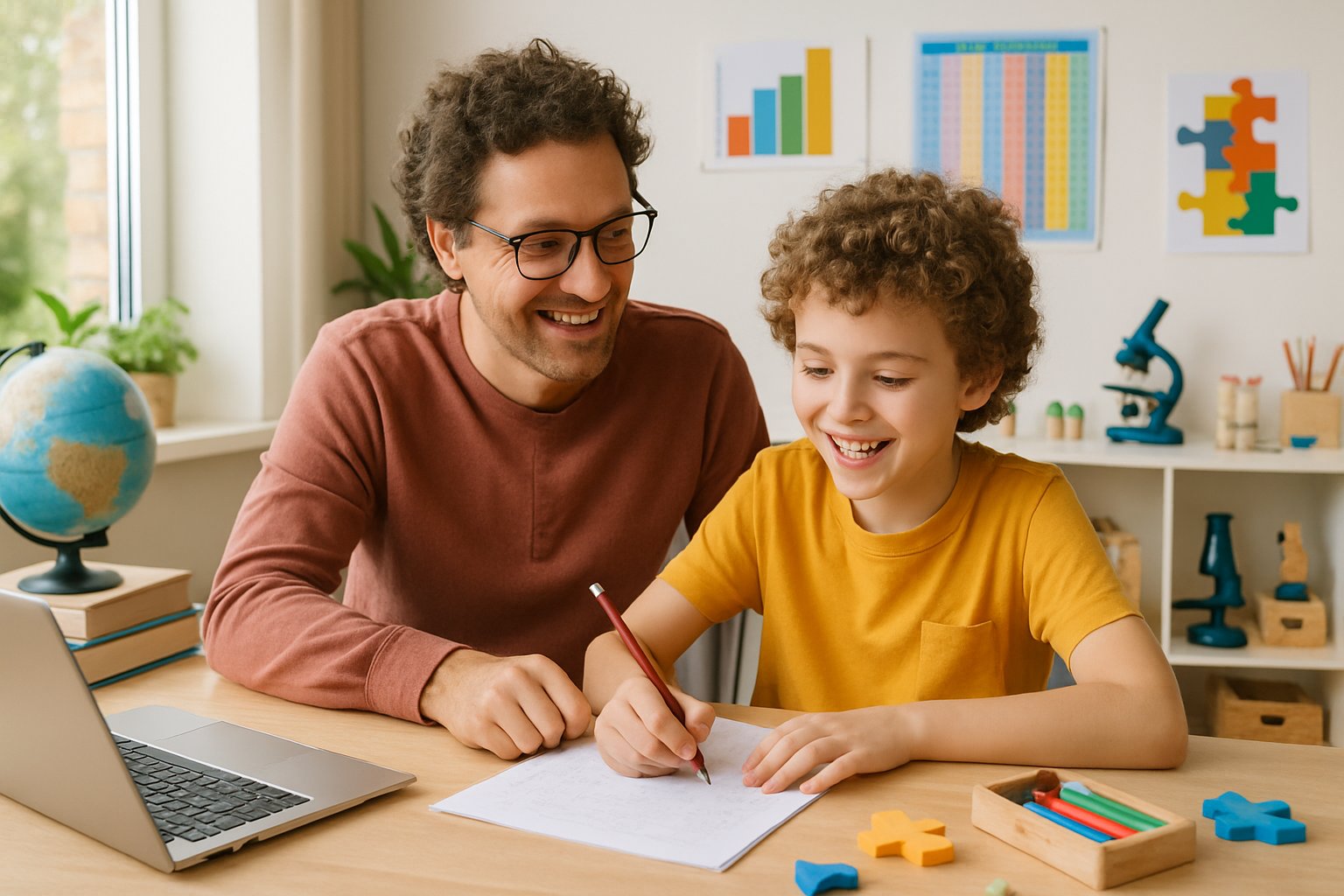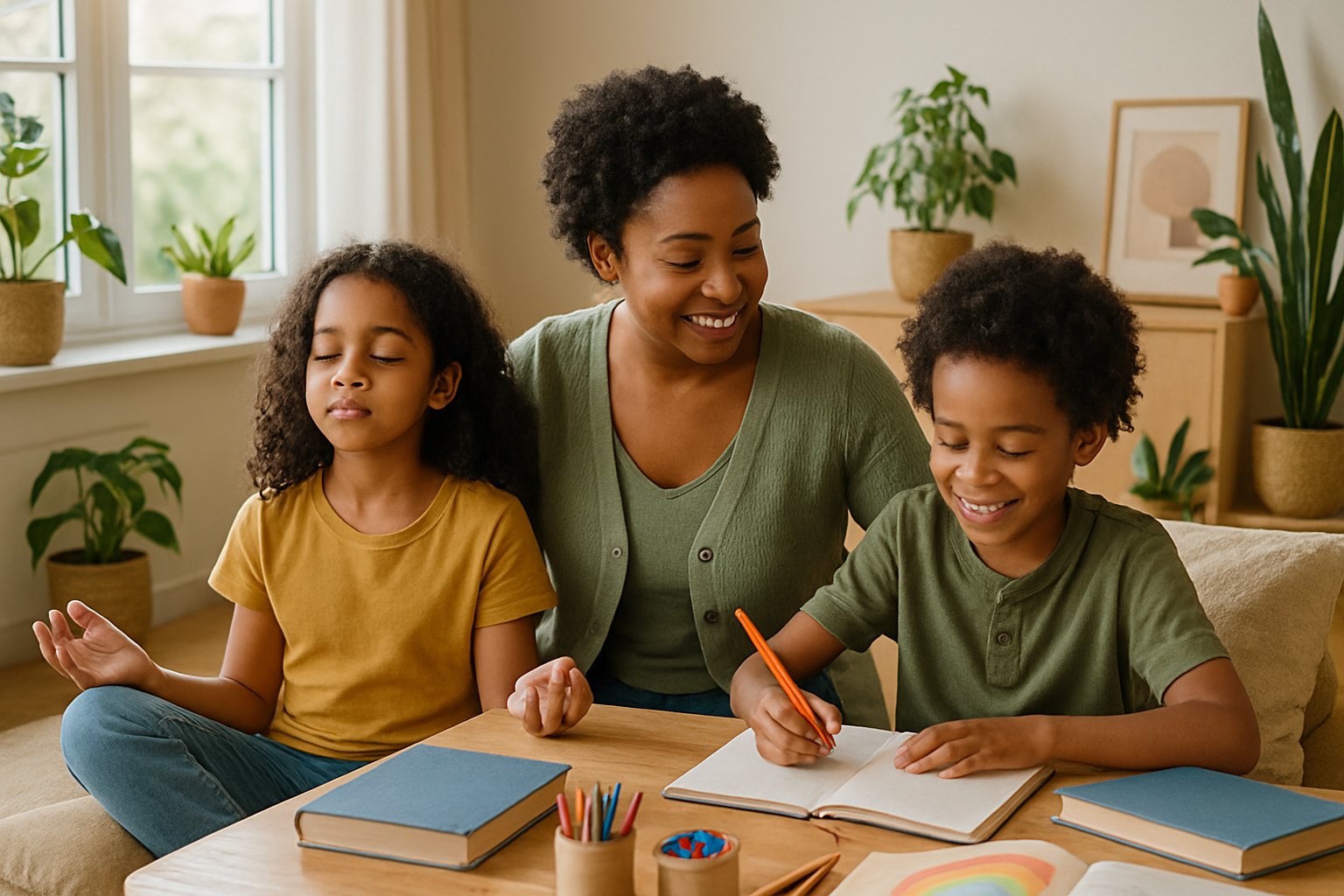Core Principles of Seasonal Science Experiments

Successful seasonal science experiments rely on connecting natural phenomena to hands-on discovery while adapting activities to your family’s unique environment and learning style. These core principles help homeschoolers maximize educational impact through purposeful, engaging activities that align with nature’s calendar.
Why Seasonal Science Matters in Homeschooling
Seasonal science creates natural learning opportunities that connect abstract concepts to observable changes in the environment. Children develop stronger understanding when they can touch, see, and experience scientific principles through real-world examples.
Spring offers perfect timing for plant growth studies and weather pattern observations. Summer provides abundant sunlight for solar energy experiments and outdoor investigations. Fall brings visible chemical changes through leaf color transformations.
Winter demonstrates states of matter through ice and snow activities. These hands-on science experiments help children understand complex topics through direct observation.
Homeschooling families can take advantage of flexible schedules to conduct experiments when conditions are ideal. They can extend successful activities for deeper learning or adapt timing based on weather patterns.
Key Benefits of Seasonal Science:
- Reinforces curriculum concepts through real examples
- Builds observation and critical thinking skills
- Creates memorable learning experiences
- Connects science to daily life
- Encourages outdoor exploration
Incorporating Hands-On Learning at Home
Hands-on learning transforms passive observation into active discovery through direct manipulation of materials and variables. Homeschoolers can create effective laboratory environments using common household items and outdoor spaces.
Start with simple experiments that require minimal equipment but produce clear results. A basic weather tracking station needs only a thermometer, rain gauge, and observation journal. Plant growth studies require seeds, containers, and measurement tools.
Set up designated experiment areas where children can safely conduct investigations. Kitchen counters work well for chemistry activities. Outdoor spaces provide room for larger projects like solar ovens or weather monitoring.
Essential Materials for Home Science Labs:
- Basic measurement tools (rulers, thermometers, scales)
- Collection containers (jars, bags, boxes)
- Safety equipment (goggles, gloves)
- Documentation supplies (journals, cameras)
- Simple lab equipment (magnifying glasses, droppers)
Create experiment schedules that match your family’s routine. 30-minute seasonal science activities fit easily into busy homeschool days while providing meaningful learning experiences.
Adapting Experiments to Different Climates
Different climates require modifications to seasonal experiments while maintaining core learning objectives. Families in warm climates can focus on temperature variations and plant cycles. Cold climate regions offer opportunities for ice and snow investigations.
Desert environments provide unique chances to study water conservation and extreme temperature effects. Coastal areas allow exploration of humidity, salt water properties, and weather pattern influences.
Indoor alternatives ensure learning continues regardless of weather conditions. Window gardens replace outdoor plant studies during harsh weather. Kitchen chemistry experiments substitute for outdoor activities when conditions aren’t suitable.
Climate Adaptation Strategies:
| Climate Type | Seasonal Focus | Alternative Activities |
|---|---|---|
| Tropical | Temperature/humidity variations | Indoor plant growth studies |
| Desert | Water conservation, heat effects | Evaporation rate experiments |
| Cold/Snow | Ice formation, insulation | Crystal growing projects |
| Coastal | Weather patterns, salt effects | Indoor weather station setup |
Seasonal nature study activities can be customized based on local ecosystems and available resources. Urban families might focus on micro-climates and pollution effects while rural families explore larger ecosystem interactions.
Timing adjustments help align experiments with local seasonal patterns. Southern regions might conduct “winter” ice experiments using freezers while northern areas use natural conditions.
Creative Experiments by Season
Each season brings unique chances for kids to explore science through hands-on activities. Spring offers perfect conditions for plant growth studies and nature exploration, while summer provides long days for outdoor experiments and solar projects.
Spring Science Activities and Nature Study
Spring awakens the natural world and creates perfect conditions for hands-on learning experiences that connect children with nature. Kids can start seed germination experiments using different types of beans or flowers to observe how plants grow from tiny seeds.
Plant Growth Experiments:
- Compare growth rates of different seeds
- Test how light affects plant development
- Measure root and stem growth daily
Nature study becomes exciting as animals return and plants bloom. Children can track bird migration patterns, identify returning species, and document when different flowers first appear. This type of observation builds scientific thinking skills.
Spring Nature Activities:
- Create a phenology wheel to track seasonal changes
- Study photosynthesis using leaves and sunlight
- Collect and identify spring wildflowers
Weather experiments work well during spring’s changing conditions. Kids can measure rainfall, track temperature changes, and observe cloud types. These activities help them understand weather patterns and climate.
Summer Exploration and Outdoor Projects
Summer’s warm weather and long days create ideal conditions for outdoor science experiments that use natural materials and solar energy. Solar ovens become popular projects that teach kids about heat transfer and renewable energy.
Solar Science Projects:
- Build solar ovens using cardboard boxes and aluminum foil
- Create solar water heaters with plastic bottles
- Make sun catchers that demonstrate light refraction
Water experiments thrive during hot summer months. Kids can explore evaporation by leaving water in different containers, study density using salt water, and learn about surface tension through simple experiments.
Nature exploration reaches its peak as insects, birds, and plants are most active. Children can observe butterfly life cycles, study pollinator behavior, and identify summer constellations during evening activities.
Summer Nature Study:
- Track insect life cycles in gardens
- Study how animals stay cool in heat
- Observe summer bird behaviors and feeding patterns
Fall Science Adventures for Homeschoolers
Fall offers perfect opportunities for hands-on science learning with colorful leaves, seasonal produce, and active wildlife. These experiments help kids discover the science behind autumn’s changes while building observation and critical thinking skills.
Leaf Chromatography Experiment
This experiment reveals the hidden colors inside leaves that aren’t normally visible. Kids will discover that leaves contain many pigments beyond just green.
Materials needed:
- Fresh green leaves
- Rubbing alcohol
- Coffee filters
- Clear glasses
- Pencils
Students cut leaves into small pieces and place them in glasses. They pour rubbing alcohol over the leaves until covered.
The alcohol pulls out different colored pigments from the leaf pieces. After 30 minutes, kids place coffee filter strips in the alcohol to see the colors separate.
Different pigments travel at different speeds up the filter paper. This creates colorful bands showing yellow, orange, and red pigments hidden in green leaves.
The leaf changing experiment with free printable worksheets helps kids record their observations. They can compare results from different types of leaves like maple, oak, or birch.
Exploring Why Leaves Change Color
Understanding the science behind fall colors connects chemistry to nature. This topic explains how temperature and sunlight affect leaf pigments.
Chlorophyll makes leaves look green during summer. This green pigment helps plants make food from sunlight and water.
When days get shorter and temperatures drop, plants stop making chlorophyll. The green color fades away as the chlorophyll breaks down.
Other pigments that were always there become visible. Carotenoids create yellow and orange colors. Anthocyanins make red and purple shades.
Kids can test this by comparing leaves from sunny and shady spots. Leaves in more sunlight often show brighter fall colors.
A simple demonstration uses green construction paper left in sunlight. The paper fades over time, similar to how chlorophyll breaks down in real leaves.
Students can create charts tracking which trees change color first in their area. They often notice that stressed trees change earlier than healthy ones.
Backyard Animal Tracking
Fall brings increased animal activity as creatures prepare for winter. Kids learn to identify and track local wildlife through simple observation techniques.
Common fall animal signs:
- Footprints in mud or sand
- Chewed nuts and acorns
- Scratched tree bark
- Animal droppings
Students make plaster casts of clear animal tracks they find. They mix plaster powder with water and pour it into tracks.
After the plaster dries, kids can compare their casts to field guides. This helps them identify which animals visit their yard.
Setting up simple feeding stations attracts more animals to observe. Bird feeders and shallow water dishes work well for this purpose.
Kids can create maps showing where they find different animal signs. They often discover animals are more active near water sources or thick bushes.
Pumpkin and Gourd Volcanoes
This experiment combines fall decorations with chemical reactions. Kids learn about acids, bases, and gas production while creating exciting eruptions.
Students hollow out small pumpkins or gourds to create volcano shapes. They leave thick walls so the containers don’t break during the reaction.
The basic recipe uses baking soda, vinegar, and food coloring. Adding dish soap creates more dramatic foam effects.
Volcano recipe:
- 2 tablespoons baking soda
- 1/4 cup vinegar
- 5 drops food coloring
- 1 tablespoon dish soap
Kids can test different amounts of ingredients to change the reaction size. More baking soda and vinegar create bigger eruptions.
The chemical reaction produces carbon dioxide gas. This gas creates pressure that forces the foamy mixture out of the pumpkin.
Students can compare reactions using different liquids instead of vinegar. Lemon juice and citric acid solutions work well for testing variations.
Winter Experiments and Indoor Science Fun
Winter brings unique chances to explore ice formation and chemical reactions. Kids can learn about freezing points while making instant ice towers and discover basic chemistry using common kitchen items.
Ice and Snow STEM Challenges
Winter weather creates perfect conditions for hands-on ice experiments. Kids can make frost in a jar by using ice and hot water to create condensation. This shows how frost forms on windows during cold mornings.
Ice Magnifying Glass Experiment teaches kids about optics. They freeze water in a round container to create a clear ice lens. The curved ice surface bends light rays just like a regular magnifying glass.
Instant Ice Tower experiments use supercooled water bottles. Kids tap the bottle and watch ice crystals form instantly. This demonstrates crystallization and freezing points in an exciting way.
For areas without snow, kids can make fake snow experiments using baking soda and shaving cream. They learn about texture, chemical mixing, and sensory science.
| Experiment | Materials Needed | Science Concept |
|---|---|---|
| Ice Lens | Water, round container, freezer | Light refraction |
| Instant Ice | Distilled water, freezer | Crystallization |
| Frost Jar | Ice, hot water, jar | Condensation |
Simple Chemistry with Everyday Materials
Kitchen ingredients become powerful chemistry tools during winter months. Baking soda and vinegar create indoor snow volcanoes that fizz and bubble like real eruptions.
Hot Ice experiments use sodium acetate from hand warmers. Kids heat the solution and watch it crystallize instantly when disturbed. This teaches about supersaturation and exothermic reactions.
Winter slime combines glue, contact solution, and shaving cream. Kids explore non-Newtonian fluids while creating stretchy, winter-themed sensory materials.
Borax crystal snowflakes grow overnight in jars. Children shape pipe cleaners into snowflake forms and suspend them in borax solution. Beautiful crystals form as water evaporates.
These experiments use common household items. Parents find most materials in their kitchen cabinets or local stores. The chemistry concepts stay simple but show real scientific principles in action.


